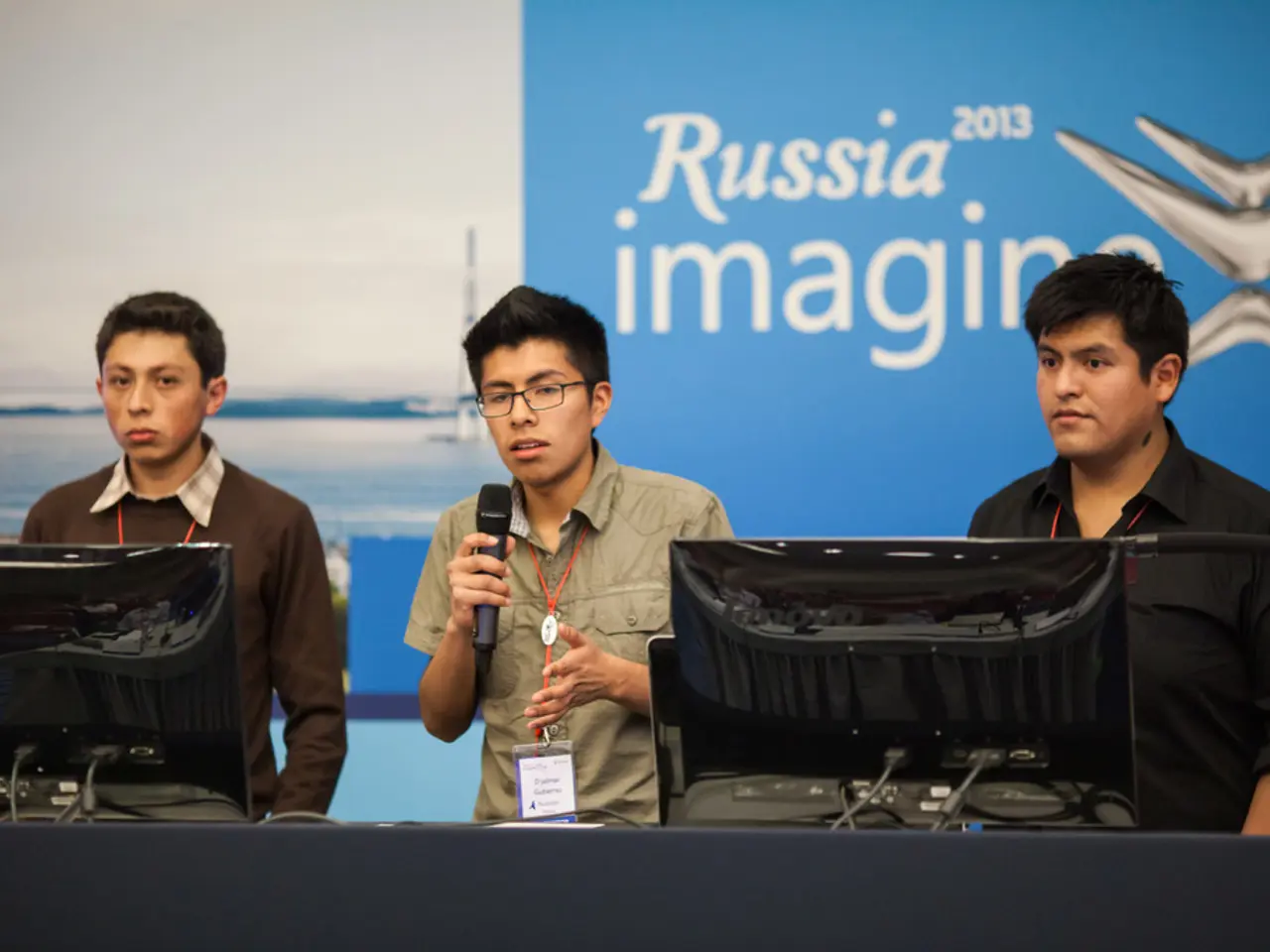Trump-Putin meeting site selection: Alaska explained
The U.S.-Russia summit, held in Alaska on Friday, brought world leaders together to discuss the future of U.S.-Russia relations and the ongoing conflict in Ukraine. The meeting, attended by U.S. President Donald Trump and Russian President Vladimir Putin, aimed to address ceasefire and territorial control issues in Ukraine, but no ceasefire was agreed, and territorial disputes remain unresolved.
Alaska, the largest U.S. state by area, served as the backdrop for this significant meeting. The state was discovered by a Russian expedition in 1732 and was once part of the Russian Empire before being sold to the United States in 1867 for 7.2 million U.S. dollars due to financial difficulties. The Bering Strait separates Alaska from Russia, with the nearest islands being only about 4 km apart.
From Russia's perspective, the summit was more about showcasing its global standing and redefining bilateral relations with the U.S. than negotiating directly on Ukraine. Ukraine was considered a nominal agenda item rather than the summit’s core focus. Putin expressed his willingness to meet with the Ukrainian president, Volodymyr Zelensky, but noted a lack of conditions for such talks.
Regarding territorial implications for Ukraine, Putin had initially claimed four Ukrainian regions, but there are indications he may have scaled back demands to focus primarily on the Donetsk region, which Russia partially occupies. Putin has insisted that Ukraine renounce claims to these Russian-occupied territories as a precondition for peace, effectively pressuring Ukraine to cede parts of its territory permanently.
Zelensky, however, has rejected the idea of any peace agreement made without Ukraine's participation. On Saturday, he stressed in a video address on the social media platform Telegram that Ukraine will not concede territory to Russia.
Potential frameworks for peace discussed around the summit (though not agreed upon) could include a ceasefire with possible minor land swaps, non-recognition by Ukraine and the West of the 20% of Ukraine currently occupied by Russia, recognition of Ukraine's sovereignty over the remaining 80% of its territory, limitations on Ukraine's NATO membership prospects and presence of NATO forces there, and gradual easing of economic sanctions on Russia as the deal unfolds.
However, risks remain high that any Russian concessions are minimal and that a flawed deal could emerge, unacceptable to Ukraine and its NATO allies, possibly leading to isolation of Ukraine, a breach in transatlantic unity, and continued Russian influence or control over parts of Ukraine.
In conclusion, the Alaska summit sought to address ceasefire and territorial control issues in Ukraine alongside broader U.S.-Russia relations, but no ceasefire was agreed, and territorial disputes remain unresolved. The future of Ukraine and its relationship with Russia continues to be a contentious issue, with both sides needing to find compromises to achieve a sustainable settlement.
Read also:
- Court petitions to reverse established decision on same-sex marriage legalization
- Commemoration of 200 Days of American Resurgence Unveiled
- Minister Bärbel Bas expresses doubts about her tenure as a minister following a recent interview during the summer.
- A Tale of Two RussiansGate Notable Figures: Focus on Mike Davis







